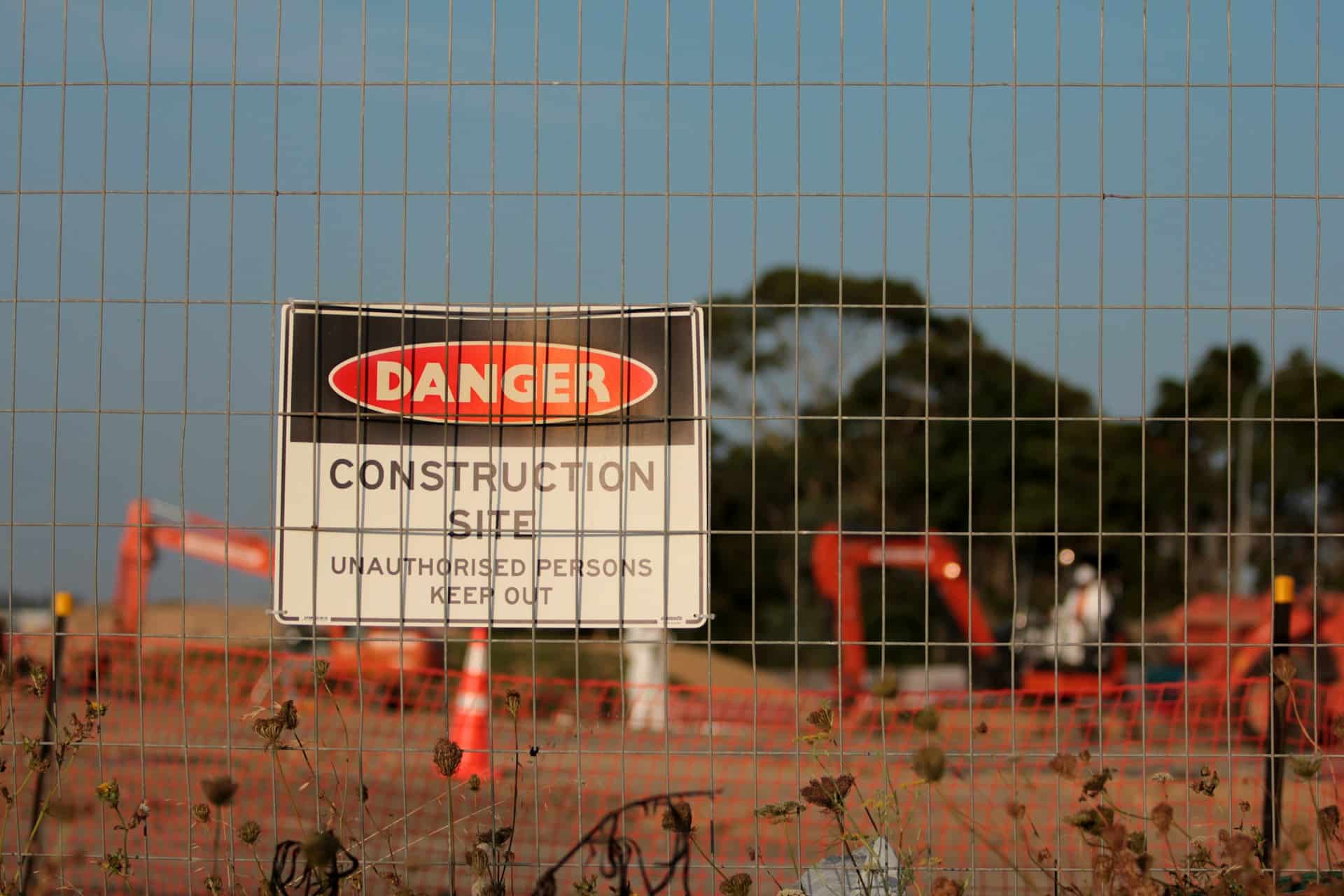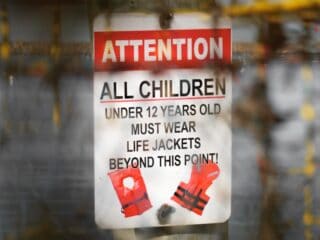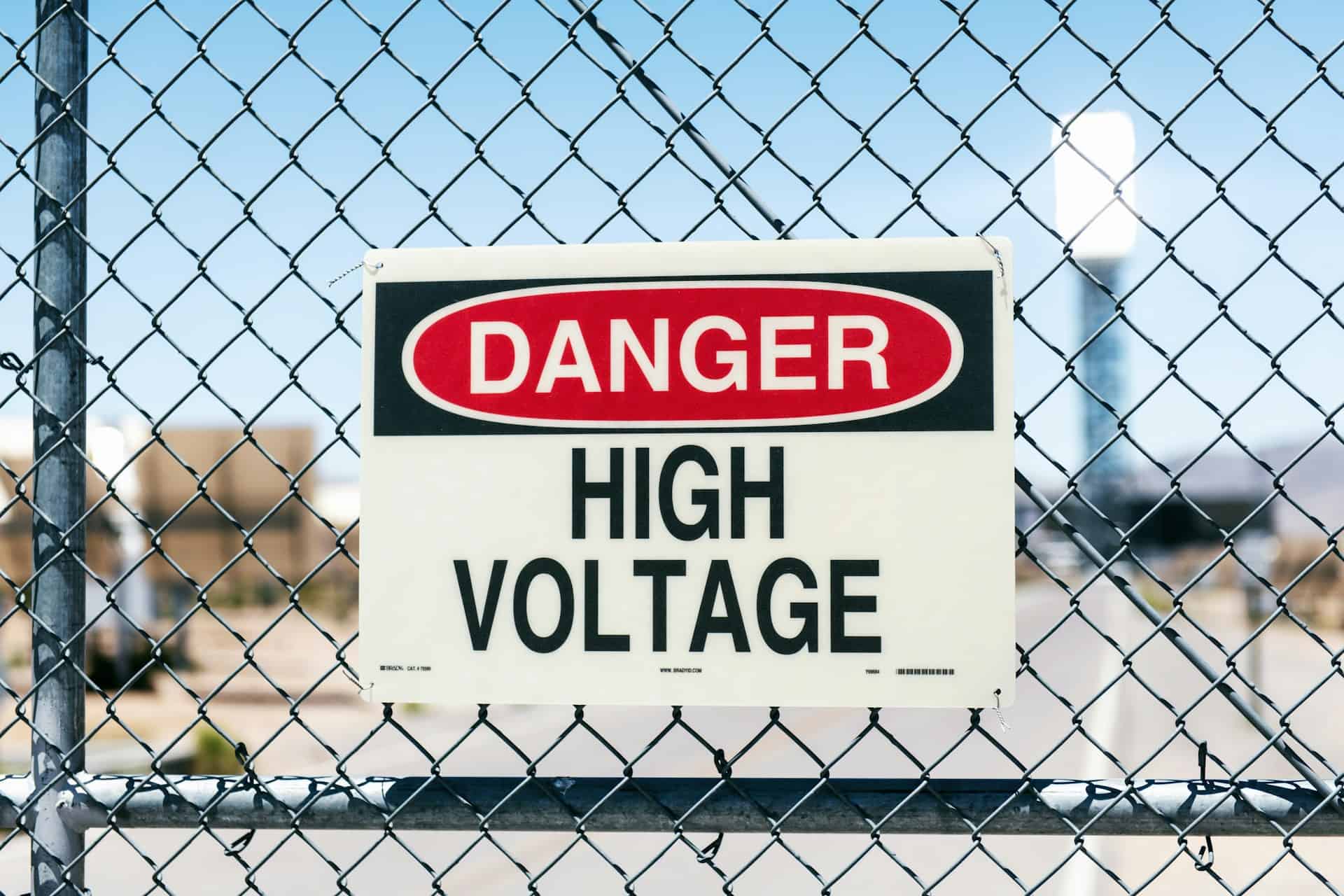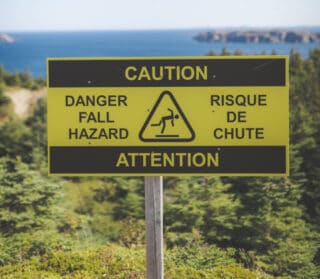OSHA compliant signs are essential for maintaining a safe and healthy workplace. OSHA, or the Occupational Safety and Health Administration, sets guidelines and regulations that employers must adhere to in order to ensure the safety of their employees.
These are signs that meet these regulations and provide important information to employees or visitors. These signs can include warning signs for hazardous areas or equipment, caution signs for potential dangers, and informational signs regarding safety equipment or procedures. Proper use of these signage can help improve overall safety in the workplace and reduce the risk of accidents or injuries.
Why OSHA Compliant Signs?
1. Enhanced safety awareness: They serve as visual reminders of potential hazards and safety protocols, helping to increase awareness among employees and visitors. These signs can alert individuals to the presence of dangerous machinery, hazardous substances, or restricted areas.
 2. Accident prevention: By clearly indicating potential dangers or risks, they can help prevent accidents and injuries. They serve as a constant reminder to follow safety procedures and can guide individuals to take necessary precautions.
2. Accident prevention: By clearly indicating potential dangers or risks, they can help prevent accidents and injuries. They serve as a constant reminder to follow safety procedures and can guide individuals to take necessary precautions.
3. Regulatory compliance: OSHA has specific requirements for safety signage in the workplace. Using compliant signs ensures that the organization meets these regulatory standards, avoiding potential fines or penalties.
4. Language and communication: They often use universally recognized symbols and graphics, making them easily understood regardless of language barriers. This allows for effective communication of safety information to all individuals in the workplace.
5. Quick and easy recognition: They are designed with clear and concise messages, making them easily recognizable and understandable at a glance. This helps in quickly conveying important safety information, even in high-stress or emergency situations.
6. Liability protection: Utilizing them demonstrates an organization’s commitment to safety and can provide legal protection in case of accidents or incidents. It shows that the employer has taken reasonable steps to inform and protect individuals in the workplace.
OSHA compliant signs play a crucial role in maintaining a safe and healthy working environment by promoting safety awareness, preventing accidents, ensuring regulatory compliance, facilitating effective communication, and providing liability protection.
What are the Categories of OSHA Compliant Signs?
According to OSHA standards and specifications, there are different categories of OSHA compliant signs that serve specific purposes in the workplace.
 1. Danger Signs: They are used to alert individuals to immediate hazards that may cause severe injury or death. These signs often have a red background with white lettering and a symbol conveying the specific danger.
1. Danger Signs: They are used to alert individuals to immediate hazards that may cause severe injury or death. These signs often have a red background with white lettering and a symbol conveying the specific danger.
2. Warning Signs: They are used to caution individuals about potential hazards that may result in serious injury. These signs typically have a yellow background with black lettering and a warning symbol.
3. Caution Signs: They are used to alert individuals to potential risks that may result in minor to moderate injuries. These signs usually have a yellow background with black lettering and a caution symbol.
4. Notice Signs: They provide important information regarding safety equipment, policies, or procedures. These signs can contain instructions, directions, or general information to help individuals stay safe.
 5. Safety Instruction Signs: They provide specific instructions regarding safe practices or procedures to reduce the likelihood of accidents or injuries.
5. Safety Instruction Signs: They provide specific instructions regarding safe practices or procedures to reduce the likelihood of accidents or injuries.
6. Fire Safety Signs: They are used to indicate the location of fire extinguishers, emergency exits, fire alarm pull stations, and other fire safety equipment.
7. Exit Signs: They are used to clearly mark emergency exit routes and exit doors, ensuring that individuals can quickly and safely evacuate in case of an emergency.
Each category is designed to effectively communicate important safety information and ensure that individuals are aware of potential hazards and necessary precautions in the workplace.
What are the OSHA Requirements for Safety Signage?
OSHA has specific requirements for safety signage in the workplace, as outlined in their regulations. These requirements can be found in two main standards:
1. 29 CFR 1910.145: This OSHA standard provides guidelines for safety signs and tags that identify hazards in the workplace. It specifies design requirements for safety signs and indicates when safety signs must be used. These design elements are further elaborated upon in the ANSI Z535 standard, which utilizes alert symbols and pictograms to communicate hazards.
2. 29 CFR 1926.200: This standard focuses on accident prevention signs and tags in the construction industry. It stipulates that accident prevention tags should be used as a temporary means of warning employees about existing hazards and should not be used as a substitute for accident prevention signs.
It is crucial for employers to understand and comply with these OSHA requirements for safety signage to ensure that their workplace is properly marked with the appropriate signs to alert individuals to potential hazards and promote safety.
What is the Color-coding of OSHA Compliant Signs?
OSHA has specific color-coding requirements for safety signs in the workplace. The color coding helps individuals quickly recognize the type of information being conveyed by the signs. The OSHA color coding for safety signs is as follows:
1. Danger Signs: Red, or predominantly red with black, is used for danger signs. These signs indicate immediate hazards that could cause severe injury or death.
2. Warning Signs: Yellow/Black copy is typically used for warning signs. These signs alert individuals to potential hazards that could result in serious injury.
 3. Caution Signs: Yellow and black are also used for caution signs. These signs indicate potential hazards that could lead to minor to moderate injuries.
3. Caution Signs: Yellow and black are also used for caution signs. These signs indicate potential hazards that could lead to minor to moderate injuries.
4. Notice Signs: Blue, and black copy, are used for notice signs. These signs provide important information related to safety equipment, policies, or procedures.
5. Safety Instruction Signs: Green, with black copy, is used for safety instruction signs. These signs provide specific instructions regarding safe practices or procedures to reduce the likelihood of accidents or injuries.
6. Fire Safety Signs: Red is commonly used for fire safety signs. These signs indicate the location of fire extinguishers, emergency exits, fire alarm pull stations, and other fire safety equipment.
7. Exit Signs: Green is used for exit signs. These signs clearly mark emergency exit routes and exit doors to ensure individuals can quickly and safely evacuate in case of an emergency.
It is essential for employers to use OSHA-compliant color coding for safety signs to enhance visual recognition and effectively communicate important safety information to employees and visitors in the workplace.
Why Use Bilingual OSHA Signs?
 Using bilingual OSHA signs in the workplace is crucial for ensuring effective communication and promoting safety among employees who are not fluent in the primary language used in the workplace. Bilingual signs help bridge language barriers and ensure that all workers can quickly understand and respond to safety instructions and warnings. By providing signs in multiple languages, employers can enhance comprehension and raise awareness of hazards and safety procedures among a diverse workforce.
Using bilingual OSHA signs in the workplace is crucial for ensuring effective communication and promoting safety among employees who are not fluent in the primary language used in the workplace. Bilingual signs help bridge language barriers and ensure that all workers can quickly understand and respond to safety instructions and warnings. By providing signs in multiple languages, employers can enhance comprehension and raise awareness of hazards and safety procedures among a diverse workforce.
Bilingual OSHA signs not only promote inclusivity and equal access to information but also contribute to a safer work environment by minimizing the risk of miscommunication or misunderstanding. They demonstrate a commitment to promoting safety and protecting the well-being of all workers, regardless of their language proficiency.
What is the Difference Between ANSI and OSHA Compliant Signs?
The main difference between ANSI and OSHA compliant signs lies in the standards they adhere to and the organizations that regulate them. OSHA (Occupational Safety and Health Administration) regulations outline safety requirements for workplaces in the United States, while ANSI (American National Standards Institute) develops voluntary consensus standards for various industries. OSHA signs are mandatory and must follow specific design and color conventions, such as using red for danger signs and yellow for caution signs.
ANSI signs, on the other hand, are not regulatory requirements but are widely recognized and used as best practices. They are designed to provide clear and consistent messaging to enhance hazard communication and safety awareness in the workplace. While OSHA-compliant signs strictly adhere to OSHA regulations, ANSI signs provide additional guidance and standardized formats that organizations can adopt to ensure effective communication and compliance with safety practices across industries.
Conclusion
OSHA compliant signs play a critical role in promoting workplace safety and hazard communication. They are designed to meet specific regulations outlined by OSHA, providing clear and standardized visual cues to convey important safety information. These signs use recognizable colors, symbols, and formats to effectively communicate the level of danger and necessary precautions. By following OSHA guidelines for sign design and color coding, employers can enhance worker awareness, minimize the risk of accidents, and ensure compliance with safety regulations.
Popular Posts:




